Known as the fabric of royalty, the jamawar of Kashmir was championed by nobles and aristocrats. Etymologically speaking, ‘jama’ means robe and ‘war’ is the yard. Kings bought the fabric by the yard and wore it as a wrap or shawl. Today, the glorious, colorful weave continues to dazzle fashion connoisseurs all over the world. Join us as we take a trip into the magical world of jamawar.

The grand jamawar saga
Although jamawar was brought from Persia to Kashmir about five centuries ago, the weave truly flourished during the Mughal era, under the patronage of Emperor Akbar. After it arrived in India, Benarasi weavers developed the technique further by introducing beautiful Indian designs and motifs into it. Historically, jamawar shawls were handwoven, so it could take a decade or more to finish weaving a single shawl. Crafted out of pure silk, the shawls were exclusively donned by royals. When the jacquard loom was invented in the 18th century, it reduced the time and cost of the process, making jamawar more affordable. More innovations came about in the 19th century — embroidery was now being used to enhance and embellish the woven design. However, towards the end of the century, the popularity of the weave slowly began to wane due to the decline of the Mughal rule. With the rise of industrialisation and urbanisation, the industry dwindled to just a few artisans, turning jamawars into cherished antiques.
Creating the luxurious jamawar
The art of weaving a jamawar has always been extremely intricate. In olden days, several kannis or little wooden shuttles of different colours were used for a single weft line. Up to 50 colours could be worked into one shawl, the most popular ones being zard (yellow), sufed (white), mushki (black), ferozi (turquoise), ingari (green), uda (purple), gulnar (crimson), and kirmiz (scarlet). Months of labour went into the preparation of each shawl, with not more than an inch being added per day in a 48-inch width of material. Now, of course, with modern looms and techniques the process has become easier. The production of saris can take anywhere from 3-9 months, sometimes more. The base of the jamawar is always wool, with perhaps a slight addition of cotton. The brocaded parts contain silk or pashmina. Unlike Benarasi weaves, where loose threads are not stitched at the back of the fabric, the design in a jamawar is completely woven into the material without any threads left loose. A single fabric contains a blend of various hues and shades, truly making each piece look distinctive and inimitable.
Bringing back the majestic jamawar
Recently, the Indian government has initiated some programs to revive the art of jamawar. A shawl-weaving centre was opened at Kanihama in Kashmir to promote production. At the same time, craftsmen in Varanasi have been designing innovative jamawar saris, where the palette spans from traditional rich shades to delicate pastels. Many of these saris come with matching silk shawls, thus maintaining the royal glory of the ensemble.
Jazz up in jamawar
Today, the jamawar fabric is not just restricted to shawls, but is also used in the creation of saris, suits, kurtas, lehengas, and even home decor. Styling and accessorising such a rich fabric requires attention to detail, in order to create a balanced look.
- A jamawar lehenga in jewel tones, worn with a solid-coloured blouse, would be perfect for an evening function like the sangeet or pheras.
- A jamawar shawl is the ideal cover-up for a winter destination wedding. Not only will it complement your outfit, but it will also keep you warm.
- Stick to one or two classic pieces of Indian jewellery, such as a kundan necklace, polki earrings or an elaborate diamond maang tikka. These will go well with extravagant jamawar in a subtle manner. You can also carry an embellished potli in a matching colour or design to complete the ensemble.
Read more stories from our #MakeInIndia series here, here and here.

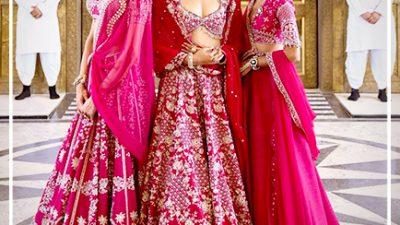

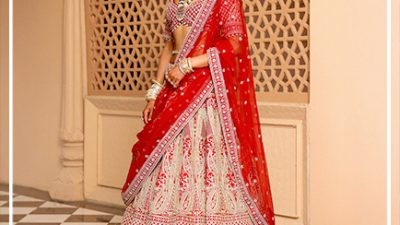
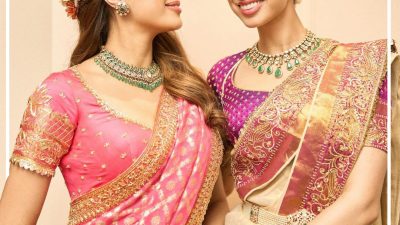
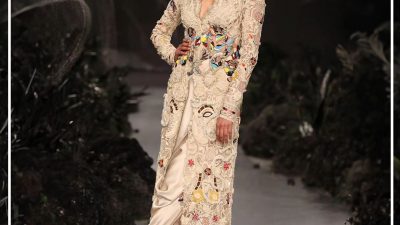

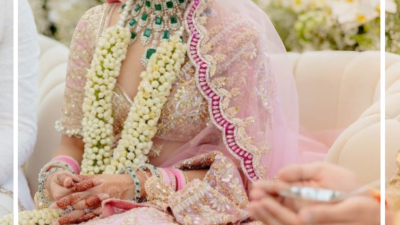

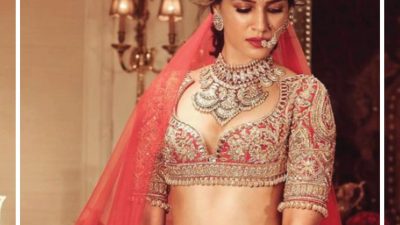
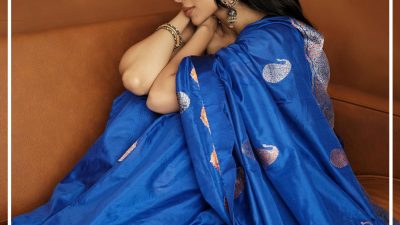
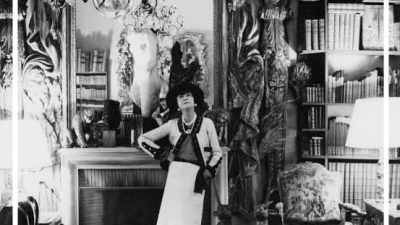
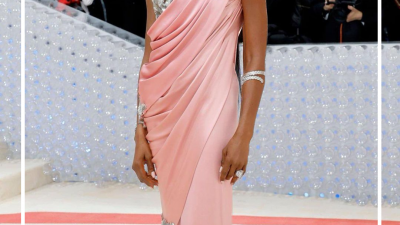

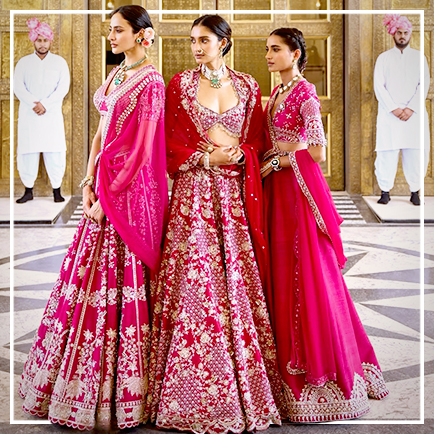

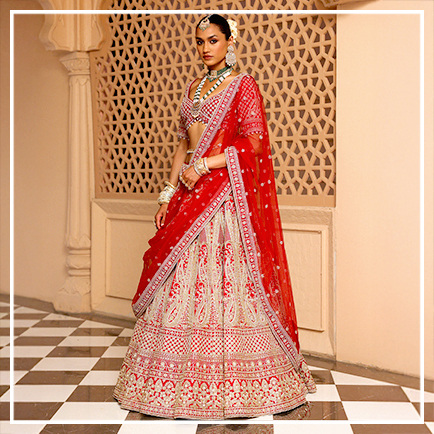


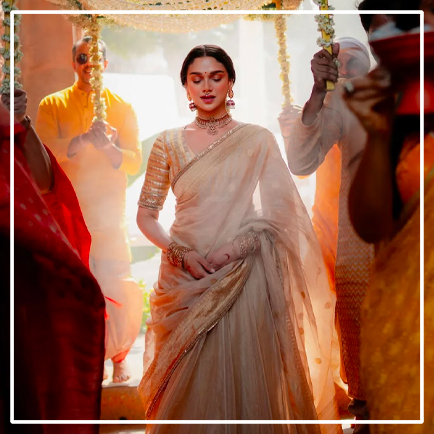
Comments